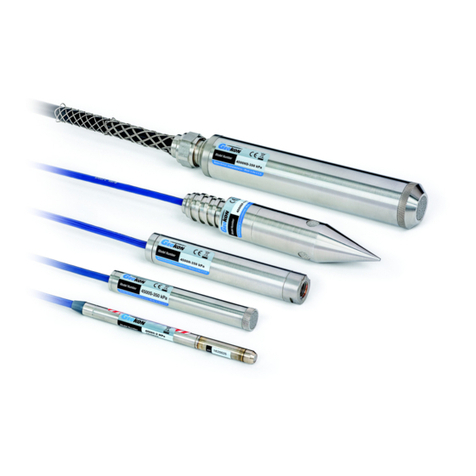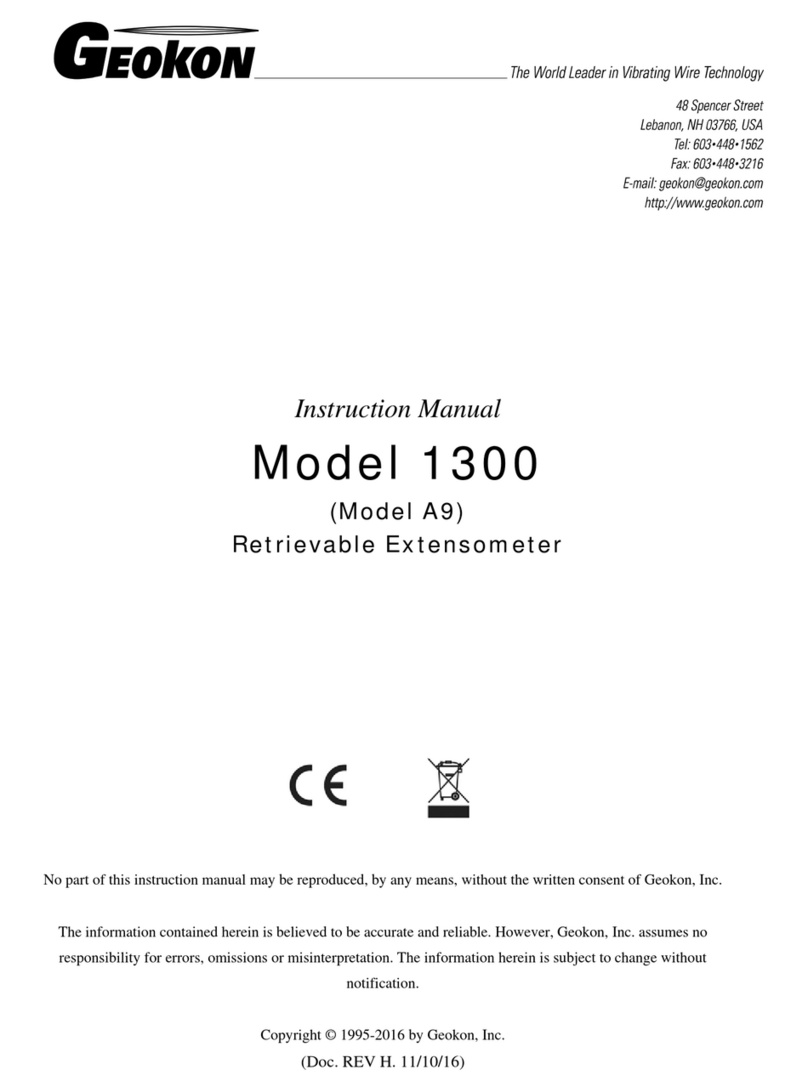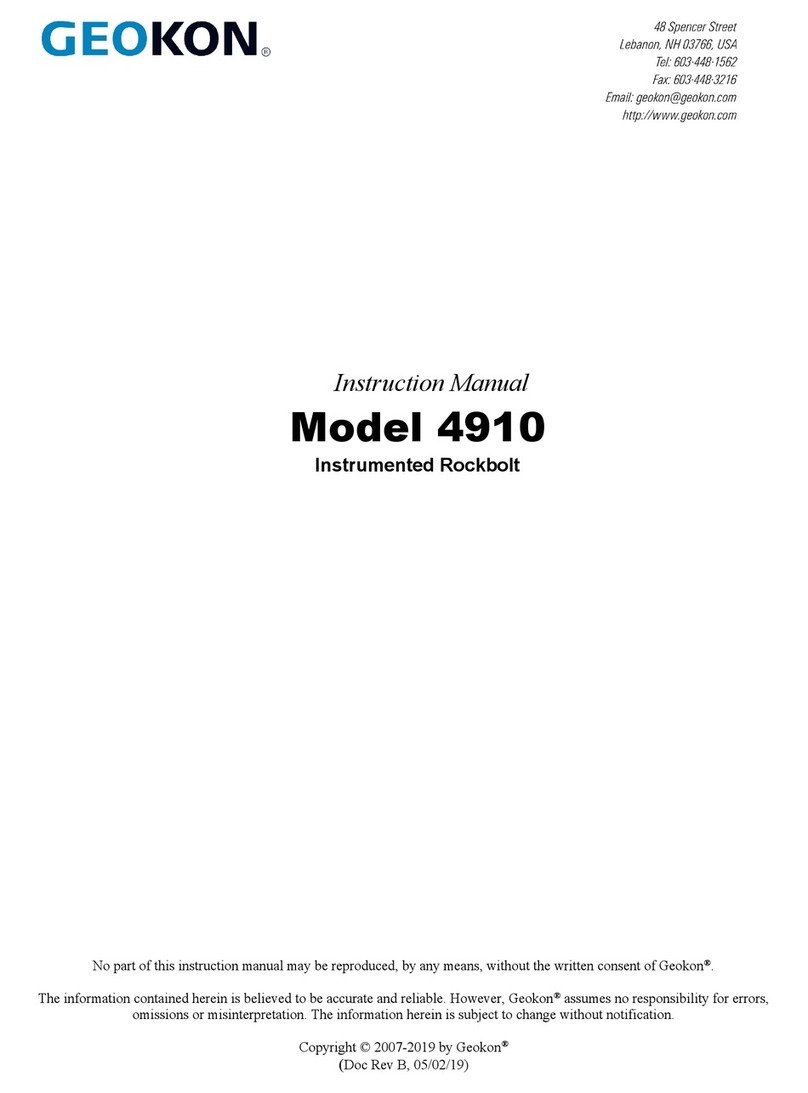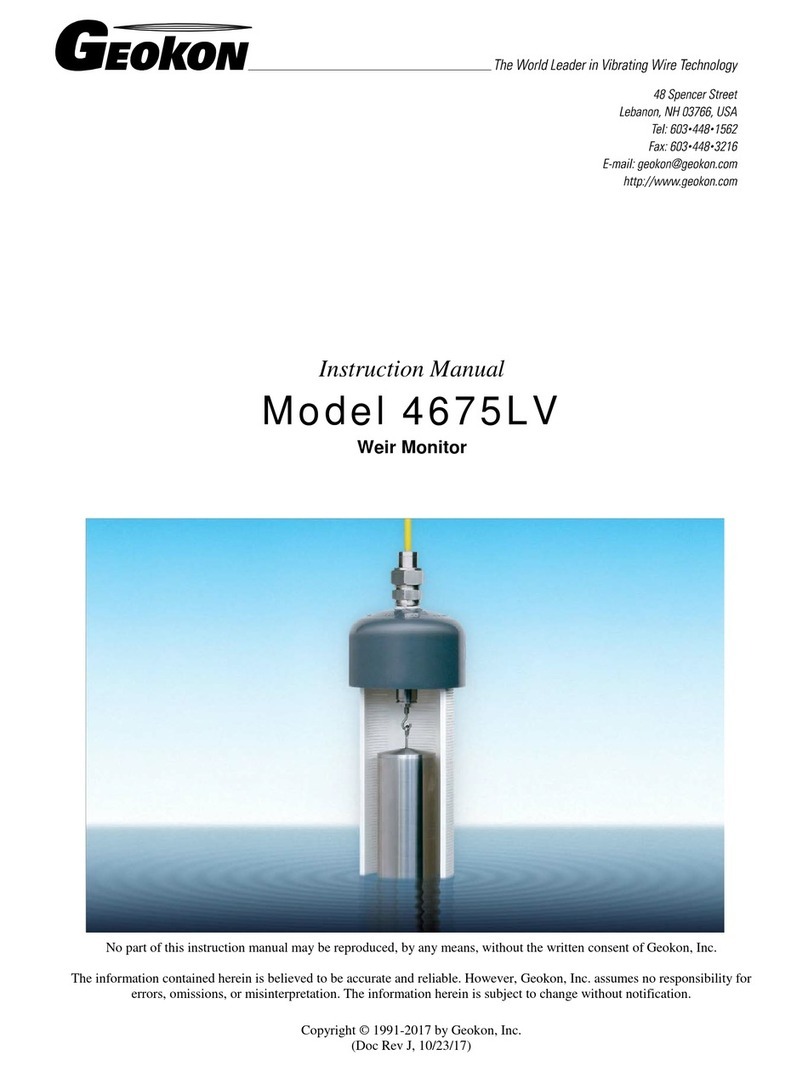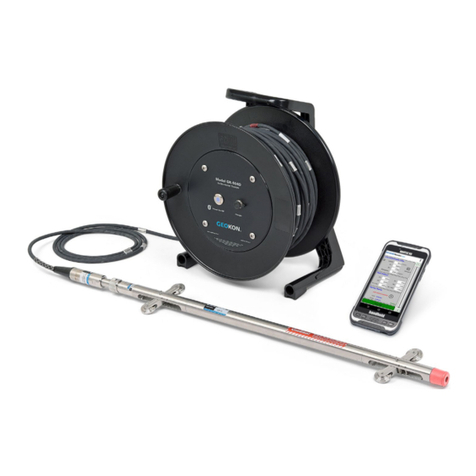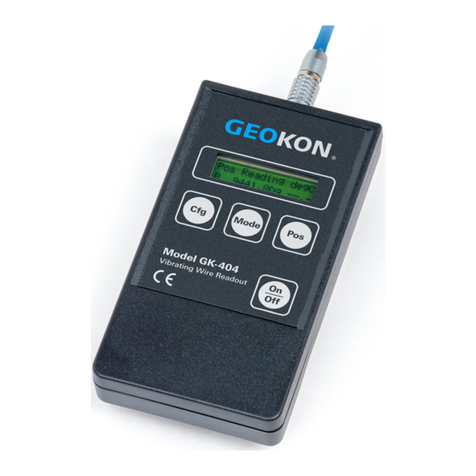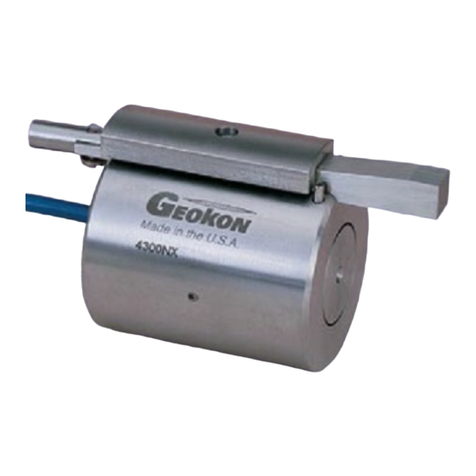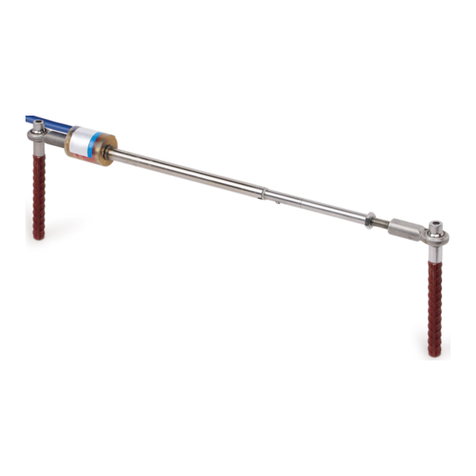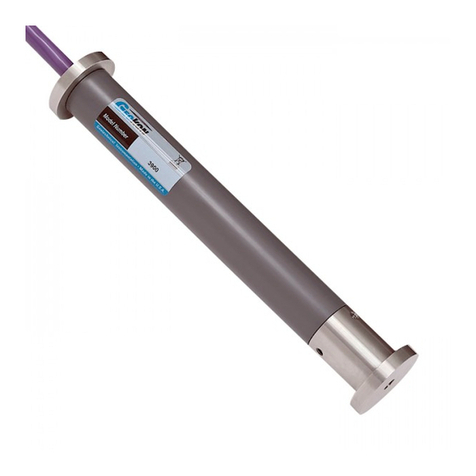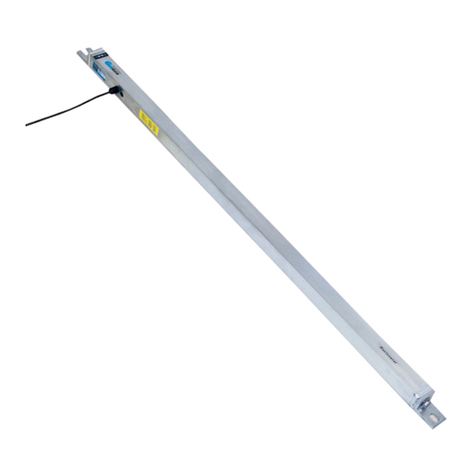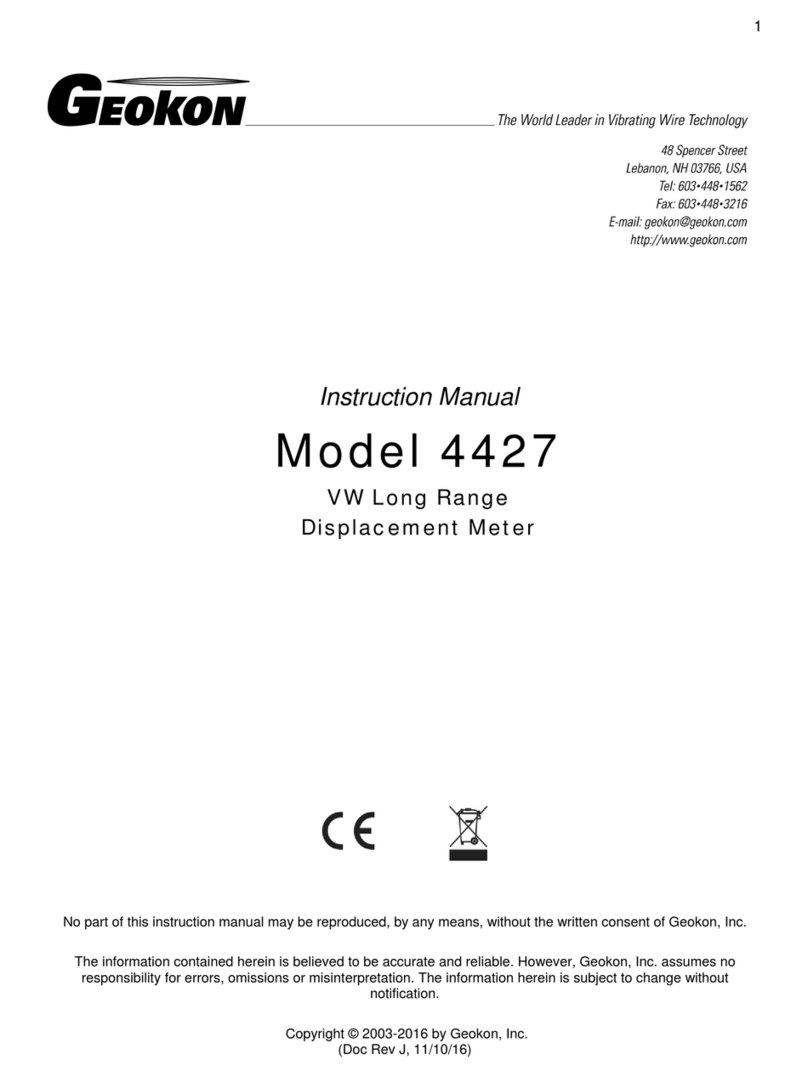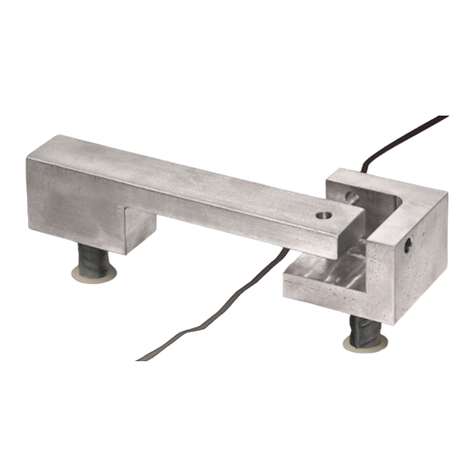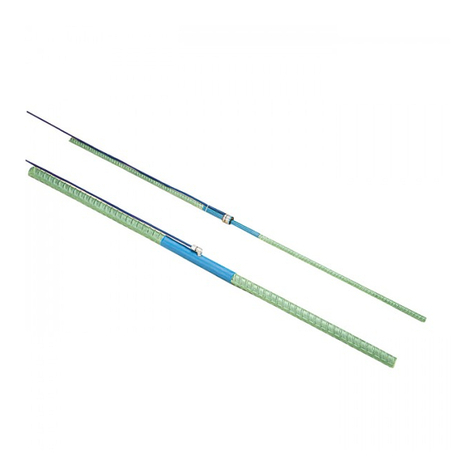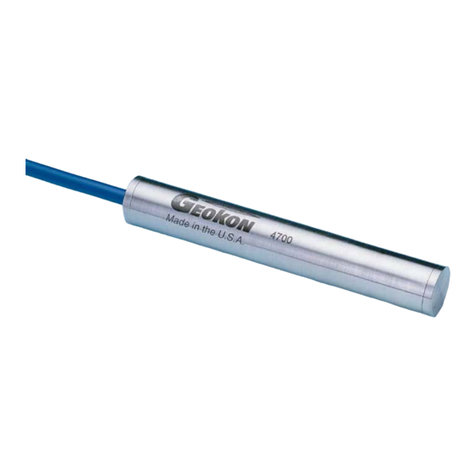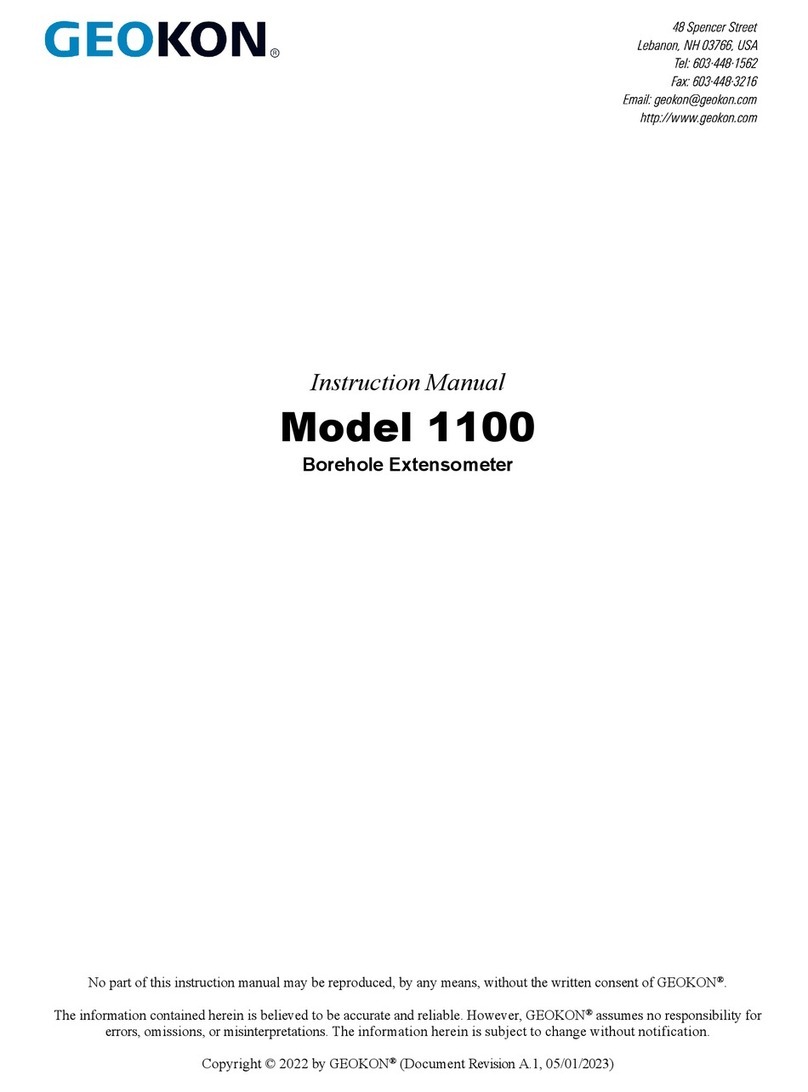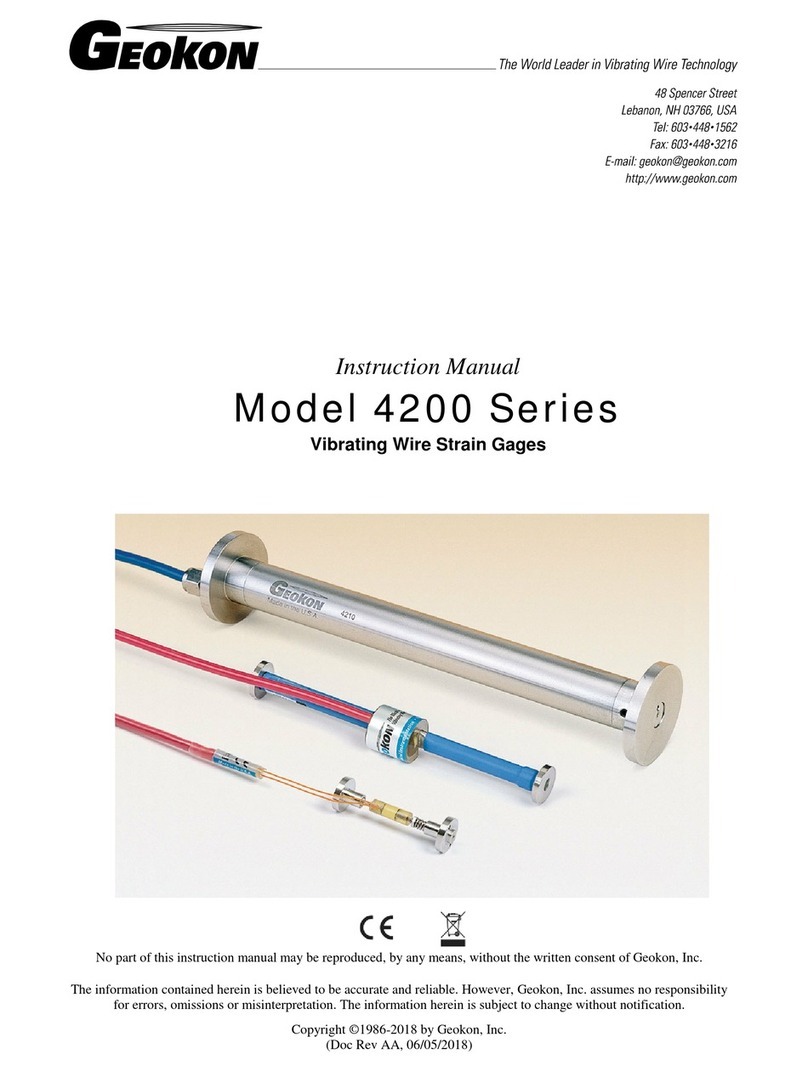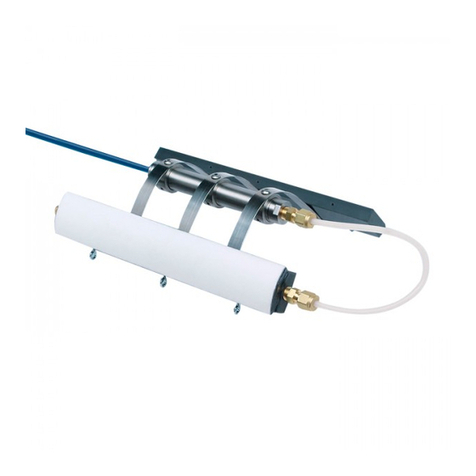
TABLE of CONTENTS
1. INTRODUCTION ...................................................................................................................................................1
2. SYSTEM COMPONENTS .....................................................................................................................................2
3. INSTALLATION ....................................................................................................................................................3
3.1 PIPE MOUNTED ...................................................................................................................................................3
3.2 PEDESTAL MOUNTED..........................................................................................................................................3
3.3 INSTALLING THE WEAK LINK AND EXTENSION CABLE ....................................................................................4
3.4 CABLE INSTALLATION ........................................................................................................................................4
3.5 ELECTRICAL NOISE ............................................................................................................................................5
3.6 LIGHTNING PROTECTION ...................................................................................................................................5
4. TAKING READINGS.............................................................................................................................................7
4.1 GK-404 READOUT BOX ......................................................................................................................................7
4.2 GK-405 READOUT BOX ......................................................................................................................................8
4.2.1 Connecting Sensors with 10-pin Bulkhead Connectors Attached.................................................................8
4.2.2 Sensors with Bare Leads...............................................................................................................................8
4.2.3 Operating the GK-405 ..................................................................................................................................8
4.3 GK-403 READOUT BOX (OBSOLETE MODEL) ...................................................................................................9
4.3.1 Connecting Sensors with 10-pin Bulkhead Connectors Attached.................................................................9
4.3.2 Connecting Sensors with Bare Leads ...........................................................................................................9
4.3.3 Operating the GK-403 ..................................................................................................................................9
4.4 MEASURING TEMPERATURES.............................................................................................................................9
5. DATA REDUCTION ............................................................................................................................................10
5.1 DISPLACEMENT CALCULATION........................................................................................................................10
5.2 TEMPERATURE CORRECTION...........................................................................................................................10
5.2.1 The Transducer Alone ................................................................................................................................10
5.2.2 The Extension Cable...................................................................................................................................11
5.3 ENVIRONMENTAL FACTORS .............................................................................................................................12
6. TROUBLESHOOTING........................................................................................................................................13
APPENDIX A. SPECIFICATIONS.........................................................................................................................14
A.1 MODEL 4427 LONG RANGE DISPLACEMENT METER .....................................................................................14
A.2 THERMISTOR (SEE APPENDIX BALSO)............................................................................................................14
APPENDIX B. THERMISTOR TEMPERATURE DERIVATION.....................................................................15
APPENDIX C. TYPICAL CALIBRATION REPORTS .......................................................................................16
C.1 MODEL 4427 CALIBRATION REPORT ..............................................................................................................16
C.2 MODEL 4400 CALIBRATION REPORT ..............................................................................................................17
